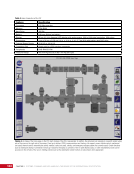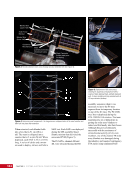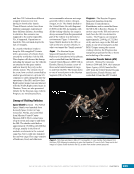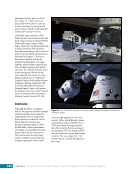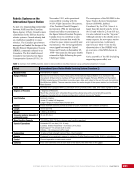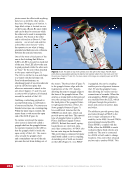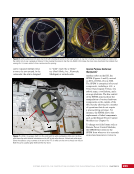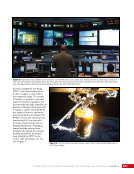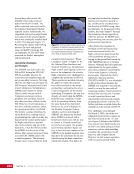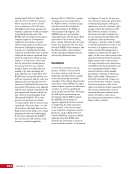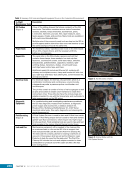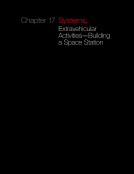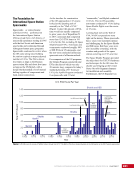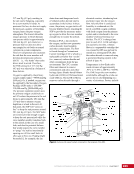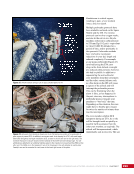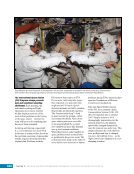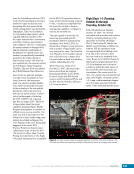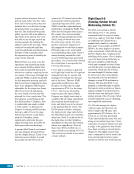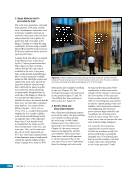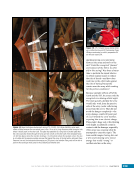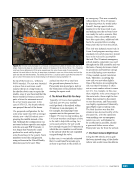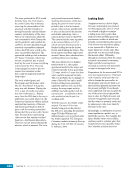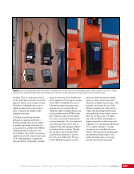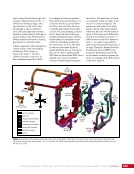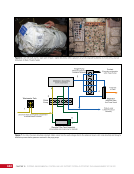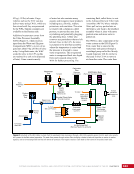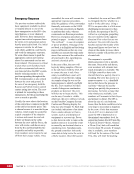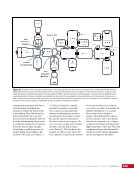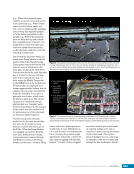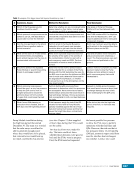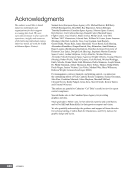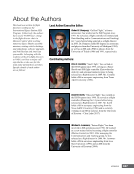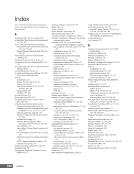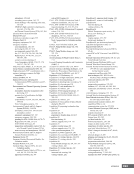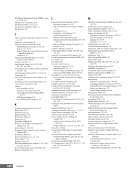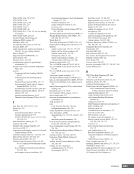15 SYSTEMS: INTERNATIONAL SPACE STATION PLANNING—A ROADMAP TO GETTING IT ALL DONE CHAPTER 1 panels on which they had deployed and affixed several laptop computers and other general support equipment. Preparation of the worksite was then estimated to add at least 1 to 2 hours to the initial task prediction. This illustrated, to ground controllers and planners, the need to keep crews directly involved in the planning and replanning process as well as keep track of where everything on the ISS is located. Accounting for this additional overhead is especially important when scheduling the first couple of weeks of a newly arrived crew that is still in the adjustment phase. Maintaining a thorough inventory database and routinely providing time for crews to organize the habitat go a long way in minimizing the time needed to find equipment and organize worksites. The increased efficiency gained by the crew with time on orbit also helps the situation (Figure 9). Repetition of task execution, the experience of living in space, and the increased situation awareness gained by crews living and working in the same workspace for many months lead to efficiency in performing routine tasks as well as executing new tasks. By the end of an expedition, crew members are efficient in knowing the time required for task execution. Returning crew members (e.g., those who flew on the ISS during a previous expedition) have a much shorter learning or relearning curve to achieving peak efficiency. Arrival Departure Time On Orbit 1-2 Weeks Crew Days Hard Scheduled Introduction of Task List Increased Task List Content Crew Efficiency Figure 9. Crew efficiency with time on orbit. Shortly after arrival, new increment astronauts need time to familiarize themselves with the location of items and how to live and work in microgravity. As the crew member gains more experience and acclimates, task efficiency increases. Not only is proper duration estimation and worksite preparation important to the success of the plan, it is very important for crew psychology. Early in the ISS Program, astronauts often exceeded the ground rule for the day length. A common complaint was poor estimation of task length (some of which was understandable since almost everything was “new”) and not enough time allocated for worksite preparation. During this early phase, astronauts often felt as if they were running a relay race. They didn’t want the team to fall behind, so they often worked extra hours to make up for problems or to perform extra science, as discussed above. That pace might have been acceptable for short-duration shuttle missions, which were about 2 weeks long however, in addition to affecting sleep and performance, that pace can lead to burnout over a 6-month increment. The flight directors now manage the crew day much more carefully. This proved to be critical for the success of the yearlong increment of Scott Kelly and Mikhail Kornienko in 2015–2016. Pacing is necessary to maintain focus on the critical task of operating the ISS. Early on, it became evident to both the crew members and the planners that ISS crews need a bigger-picture view of the plan, along with a detailed daily timeline, to provide a sense of what is coming up and where the crew is headed. This helps improve success in two ways. First, from a psychology point of view, the detailed timeline helps crew members know how their daily tasks fit into the bigger picture and ensures that they feel part of the team. Second, it helps with efficiency. For example, if the crew members put tools away for a task but know a similar task will be performed the next day, they might temporarily stow the tools at the future worksite, thus saving time down the road. To this end, the OPS PLAN team developed a monthly calendar plan. This plan view is regularly updated, and is used as a basis for the Weekly Planning Conferences— i.e., a dedicated time each week where the OPS PLAN team for the increment discusses the upcoming week’s plan with the crew over the space-to-ground voice loops. Now, crew members are more frequently
Purchased by unknown, nofirst nolast From: Scampersandbox (scampersandbox.tizrapublisher.com)








































































































































